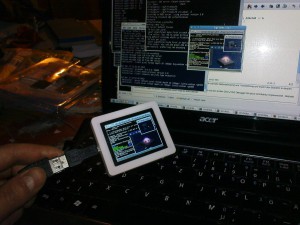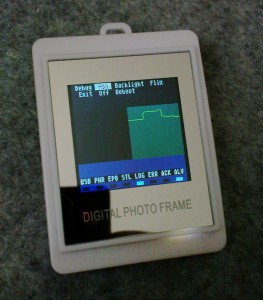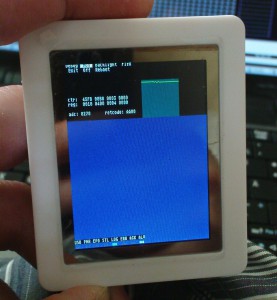Just recently, I bought a USB stick from a major discounter. When sticking it in, it showed some preinstalled software to configure a hidden partition. Ok, nice feature, when you lose your stick.
Let’s have a look at the outlines:
Bus 002 Device 035: ID 13fe:3623 Kingston Technology Company Inc.
It is branded as a Maxell pen drive.
I will not go into the security details, but take my advice and don’t assume your data is well encrypted or really secure. An electronics Pro will be able to read out your data!
Anyhow, so I have my hidden partition, but I’d like to see it from Linux, too (why would I use anything else, ha ha). Bummer, no Linux support. Not giving up early though. We know that a USB drive is in fact a SCSI disk, so it is all about sending the right vendor extension SCSI commands to the right target.
In Linux, this is simply done accessing a scsi generic device. Before losing any more words, here is the C source for it:
Kingston USB memory unlocker source code
You have to compile this utility yourself (do not ask for binaries, or you’ll be pushed with a soft cushion) and run it using sudo or as root (both potentially dangerous) and enter the correct password (when prompted with “Phrase:”) that you have entered when configuring the device under Windows. I’m afraid, no support for setting up the partitions and protection under Linux.
If the password is correct, the drive will reconnect automatically and show up in your file manager.
The Windows Lock tool will give you only a number of limited attempts trying to guess the password before the hidden partition is erased. It has not been tested whether this is a hardware feature or done by the software tool. Comments welcome.
Big fat WARNING: This is an experimental tool. Make sure you do *not* access your hard disk!
To determine the generic SCSI device, see the ‘dmesg’ output after sticking in the USB pen drive. My code above will do a check for the drive ID string, but this might not be paranoid enough.



